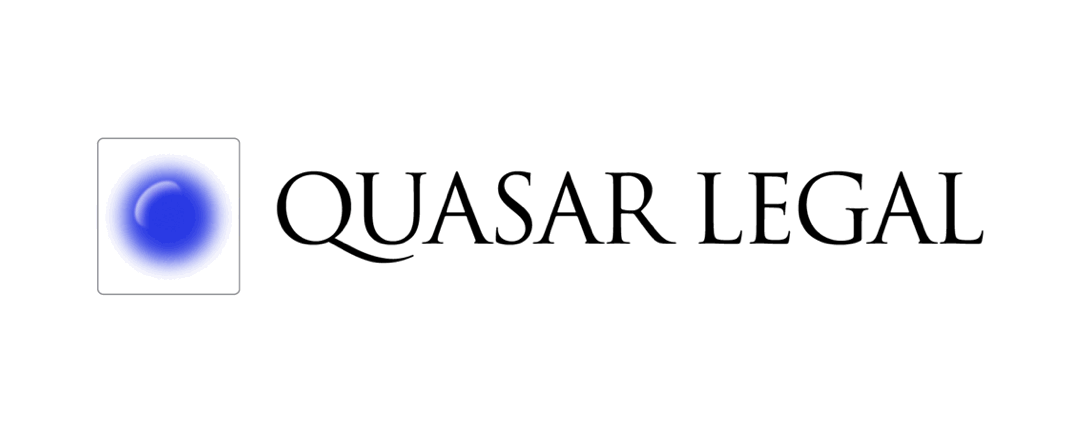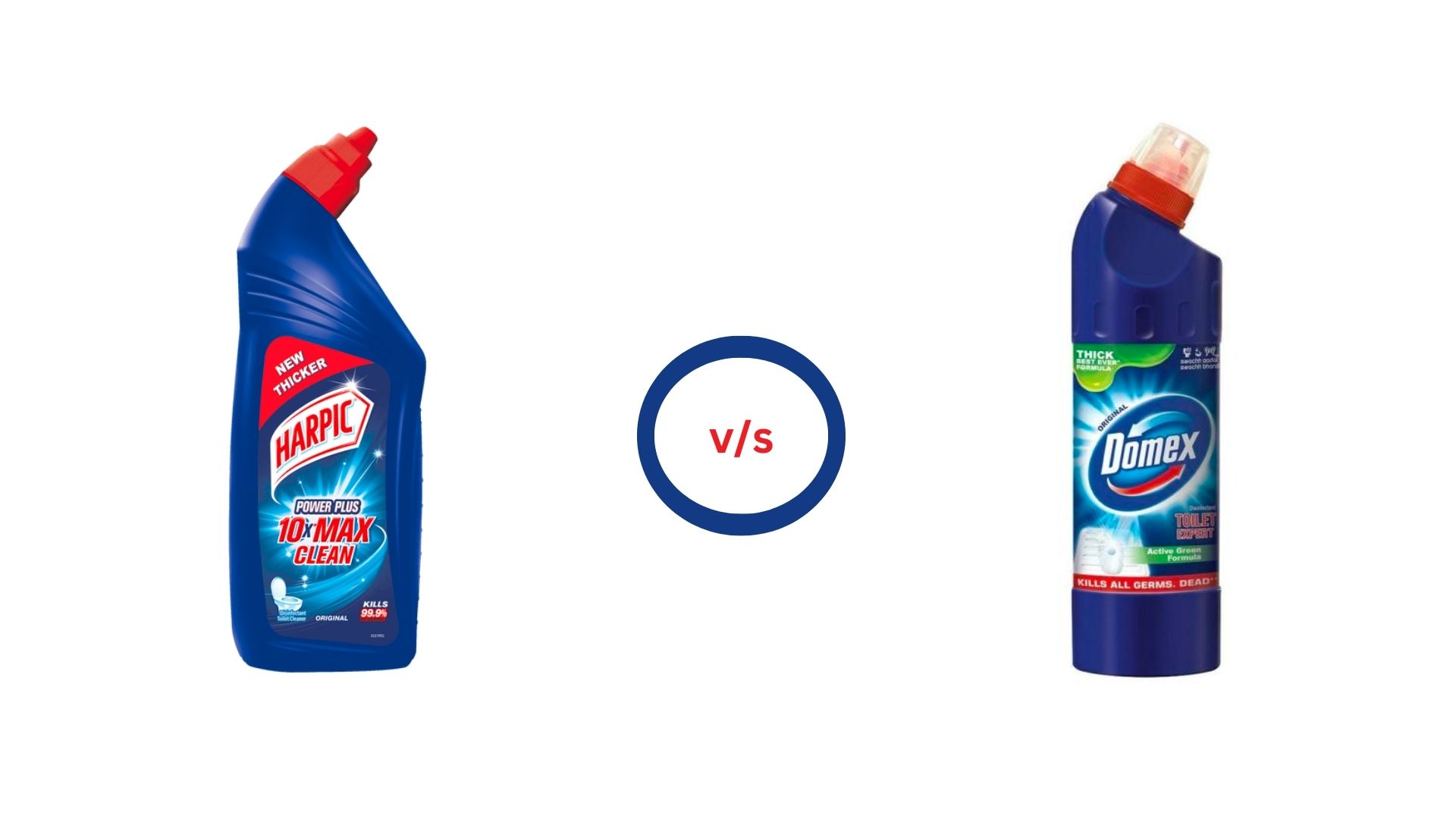Comparative Advertising v. Disparagement: What does the law allow?
Advertisement is the most effective marketing strategy used by businesses for the promotion of their products and services. A popular strategy used by businesses is to assert the superiority of their product by drawing comparisons with the competitor’s products. In the process, businesses on occasion, resort to false advertising under the garb of comparative advertisement, which may amount to disparagement. This has given rise to the issue of identifying the extent to which comparative advertising is permissible by law.
The Delhi High Court, in the case of Hindustan Unilever Limited v Reckitt Benckiser (India) Private Limited[1], has attempted to address this issue and has given some clarity as to what could constitute disparagement.
Facts
In the present case, Hindustan Unilever (“Appellant”) claimed by way of print advertisement as well as airing YouTube videos that its product “Domex” is superior to Reckitt Breckiser’s (“Respondent”) product (sold under the trademark “Harpic”) in fighting bad odour. A suit was filed by the Respondent seeking interim relief restraining the Appellant from publishing and telecasting such disparaging content. The Single Judge passed a judgement restraining the Appellant from publishing or airing such content.
The Appellant filed an intra-court appeal and claimed that the depiction in the advertisements and videos was truthful and thus ought not to have been interdicted.
Issues
- Whether the impugned advertisement prima facie disparages and denigrates the Respondent’s product.
- Whether a person of average intelligence viewing the shape of the bottle in the impugned videos would consider the same to be depicting the bottle of Harpic.
Held
Addressing the first issue, the Hon’ble Court observed that the print advertisement expressly asserted that the use of Harpic will leave the toilet bowl smelling foul while using Domex will leave the toilet bowl smelling pleasant. Therefore, the Court upheld the Single Judge’s decision interdicting the Appellant from publishing the advertisement on the ground that it, prima facie, denigrates and disparages the Respondent’s product.
As to the second issue, the Hon’ble Court pointed out that trademarks are a source of identifiers and the shape of the bottles in the videos was deceptively similar to Harpic’s trademark. Thus, the Court upheld the judgement passed by the Single Judge and directed the Appellant to remove all references to the Respondent’s product that were clearly identifiable.
Analysis
Often businesses are found making exaggerated claims about their own products as a ruse to convince the consumers to buy their product. This is permitted under Section 30(1) of the Trademarks Act, 1999 as long as it is in accordance with honest practices and not used to take unfair advantage or to the detriment of the distinctive character or the repute of the trademark.
Businesses are permitted to state that their goods or services are the best and thus no cause of action will arise from such puffing up.[2] But when an advertisement castigates or berates the competitor’s products to gain popularity, it would amount to disparagement[3].
The determination of whether an advertisement is disparaging must be based on the following conditions[4]:-
- Intent of the advertisement
- Nature of the advertisement
- Plot and the message conveyed through the advertisement
When the present case is put to test against the above considerations, the deliberate depiction of Respondent’s products negatively in its print advertisement and an obvious use of Respondent’s trademark in the YouTube videos make out a case of prima facie disparagement.
Conclusion
The existing laws have attempted to ascertain whether a comparative advertisement crosses the line to constitute disparagement by laying down conditions to be taken into consideration for such determination.
The Delhi High Court yet again addressed this issue in the present case and was able to make out a case of prima facie disparagement since the Appellant -
- Explicitly berated the Respondent’s product through its portrayal in the print advertisement;
- Depicted a deceptively similar trademark in its YouTube video which a man of average intelligence would easily be able to associate with the respondent’s product.
Thus, since the line between comparative advertisement and disparagement is thin, businesses must tread with caution while planning out their marketing strategies and pay heed to the above considerations to keep any legal woes at bay.
[1] FAO(OS)(COMM) 157/2021, decided on 13-04-2023]
[2] Reckitt Coleman of India v. Kiwi T.T.K. Ltd. India [63 (1996) DLT 29]
[3] Colgate Palmolive Company v. Anchor Health and Beauty Care Pvt Ltd 2003 (27) PTC 478 Del
[4] PepsiCo. Inc. v. Hindustan Coca Cola Pvt. Ltd. [2003 (27) PTC 305 Del]



